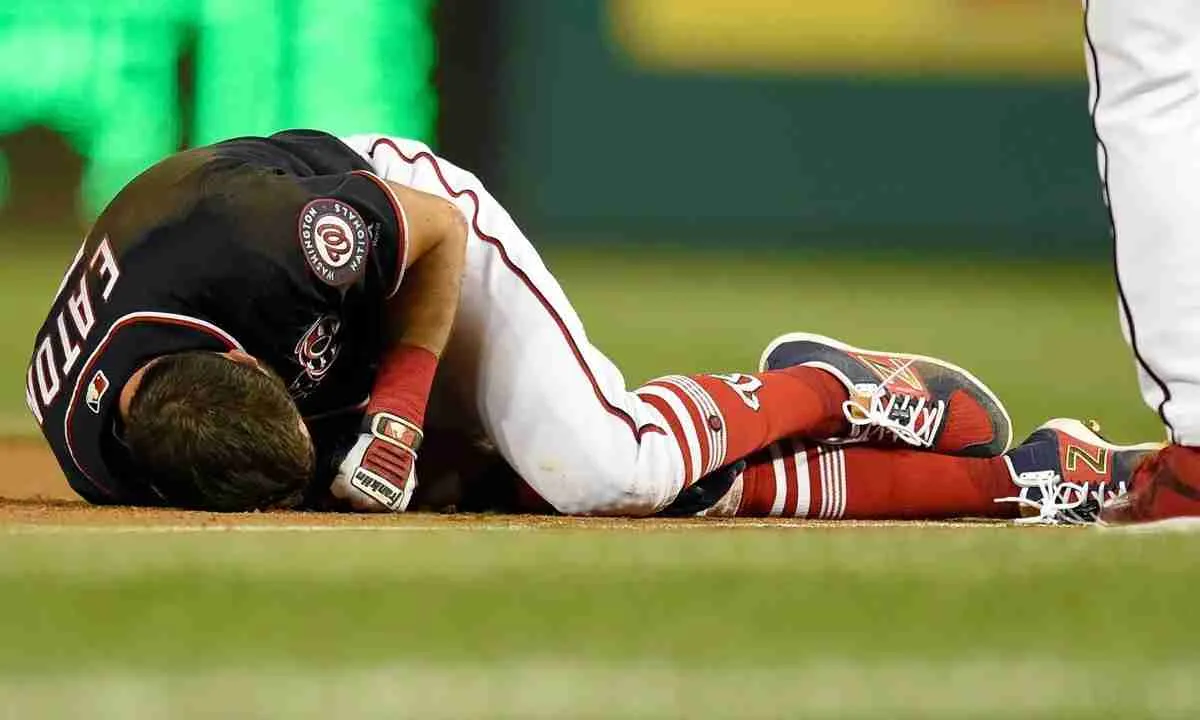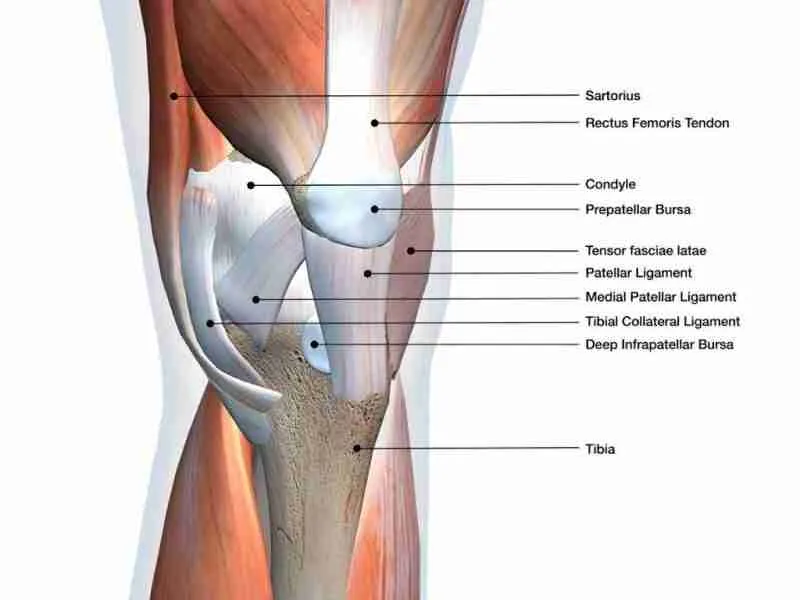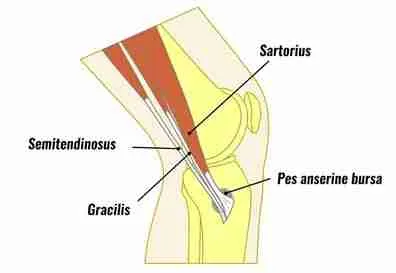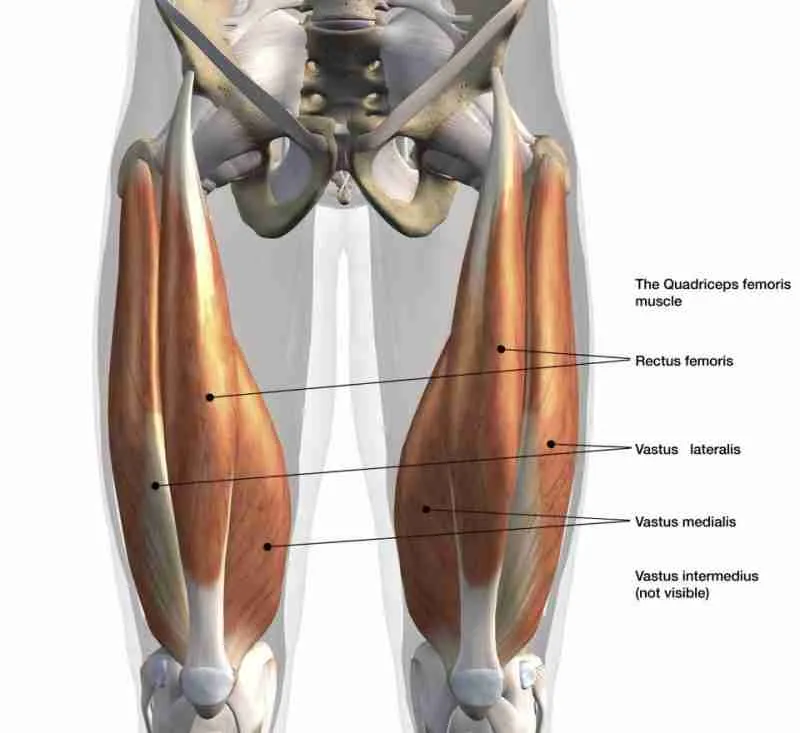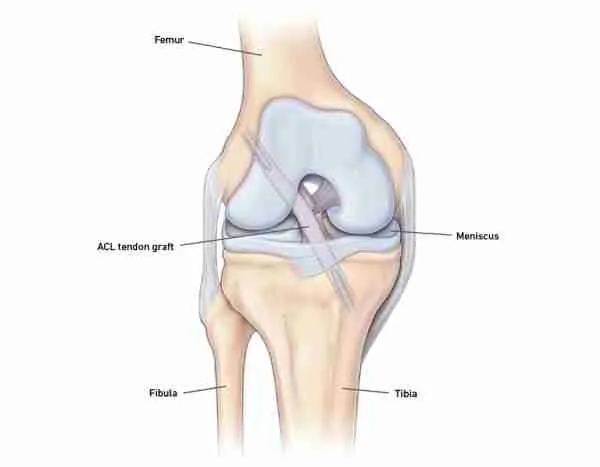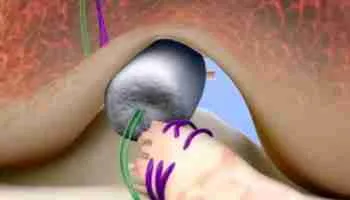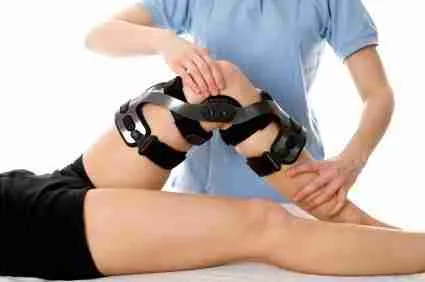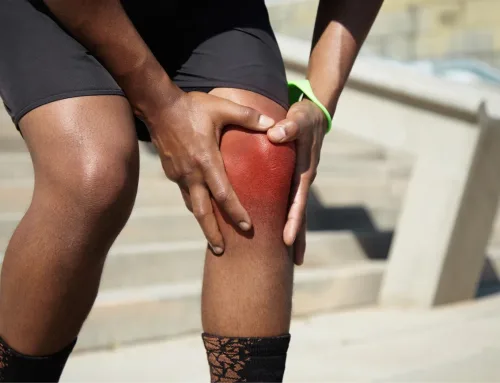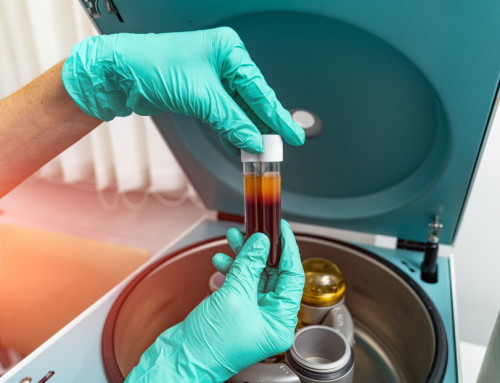Table of Content
A rupture or sprain of the anterior cruciate ligament (ACL), one of the influential bands of tissue that aids in connecting your thigh bone (femur) to your shinbone (tibia), is referred to as an ACL injury.
Sports involving abrupt stops or changes in direction, jumping, and landings, such as soccer, basketball, football, and downhill skiing, are the most typical culprits for ACL injury.
ACL damage frequently results in a “popping” sound or sensation in the knee. Your knee can swell, feel unsteady, and become excruciatingly painful.
Depending on the degree of your ACL damage, treatment options could range from rest and strengthening exercises to surgery to repair the torn ligament and rehabilitation.
Symptoms
ACL damage symptoms and signs typically include:
- Loud popping or the feeling of “popping” in the knee
- Significant discomfort and difficulty in continuing with an activity
- Rapid swelling of the knee
- Reduction in motion
- A sensation of trembling or “giving way” when bearing weight
Causes
Strong tissue bands called ligaments connect one bone to another. The ACL connects your thigh bone to your shinbone and aids in stabilizing your knee joint. It is one of two ligaments that cross in the center of your knee.
ACL injuries frequently occur while participating in sports and physical activity that can strain the knee:
- Abruptly reducing speed and shifting course (cutting)
- Swiveling while keeping a foot firmly in place
- Uncomfortably landing after a jump.
- Stopping abruptly
- Sustaining a direct knee strike or colliding with another object, such as during a football tackle
Prevention
The risk of ACL injury can be decreased with proper training and exercise. An evaluation, education, and feedback from a sports medicine physician, physical therapist, athletic trainer, or other professional in sports medicine can help you lower risks. Maintaining good balance and coordination and a strength and conditioning program decreases your risk of an ACL rupture.
ACL injury prevention initiatives include:
- Exercises that target the hips, pelvis, and lower abdomen to build core strength and prepare athletes to keep their knees from bending inward during squats
- Workouts that target the hamstrings to balance the strength of the leg muscles all around.
- Exercises and training strongly emphasize good knee positioning when jumping and landing from the jump.
- Improving one’s pivoting and cutting technique through training.
Time To Visit A Doctor
If any knee injury results in signs or symptoms of an ACL injury, get medical attention immediately. The knee joint comprises numerous interconnected bones, ligaments, tendons, and other structures. It is critical to obtain a timely and accurate diagnosis to ascertain the extent of the injury and receive the appropriate care.
Signs of an ACL Rupture
- Pain, swelling, and stiffness in the knee
- Difficulty putting weight on the knee
- Loss of knee range of motion
- Popping or clicking sensation in the knee joint
- Feeling like the knee is giving out
Alternatives for Treating ACL: Repair vs. Reconstruction
Surgery is advised for most patients with torn anterior cruciate ligament (ACL). The synovial fluid, or standard joint fluid, that surrounds the ACL in the knee joint and prevents it from mending when injured also hinders our capacity to repair the ligament directly. This means that the body cannot naturally repair an ACL tear, so it must be replaced using a tissue graft from a donor or another part of the patient’s body. Reconstruction of an ACL is a reliable option to restore knee stability in the long term.
The most common sources used for ACL restoration are autograft tendons. Autograft tendons utilize the tissue already found in your body to reconstruct your ACL. Typical graft harvest sites are obtained from your patellar, hamstring, or quadriceps tendons.
Another choice is to rebuild the ligament using an allograft tendon (cadaver). Allograft tendons are often advised for patients with lower demands or those over 40 because they are linked to more excellent retear rates, particularly in young athletes.
ACL repair is a newer alternative utilizing the BEAR implant. This unique technology protects the ACL repair by acting as a bridge, helping the torn ends of the ACL heal together.
Options For Autograft Tendon In ACL Repair
Most clinical and biomechanical studies for autograft tendon choices show comparable outcomes with all three graft types. Therefore, choosing which graft to utilize is frequently based on the surgeon or patient preference.
This selection will be aided by a meeting and conversation with your doctor about which option is best for you given your objectives and preferences, but here is some information to get you started:
Autograft Of The Patellar Tendon
This graft has been the “gold standard” for ACL reconstruction for over 40 years and is dependable and secure. The replacement ACL is made by taking a piece of bone from the tibia, the center 1 cm of the patellar tendon, and a portion of the patellar bone (the kneecap). The graft is then brought into the tunnels that have been created, where the ACL anatomically attaches to the femur and tibia, forming the knee ligament.
Benefits
- Allows for bone-to-bone healing (like a fracture) in which the bony tunnel is formed while the bone block heals.
- Allows a tendon to closely mirror the original ACL that is exceedingly reproducible and independent of patient size.
- It allows for a stiff graft that has solid biomechanical and clinical data that has been around for decades.
Autograft Of The Hamstring Tendon
The hamstrings and muscles in the leg’s rear are another excellent graft option. The medial (inside) side of the knee, right below the joint line, is where the gracilis and semitendinosus, two of the smaller hamstring muscles, get their tendinous attachments.
Depending on size, both tendons can be removed from the muscle belly at this attachment location and used to make the ACL graft or just the semitendinosus tendon. The new ligament is created by folding these tendons over on themselves 4-6 times to form a graft with a 9–10mm diameter, which is then put into tunnels in the femur and tibia. This graft has a lengthy history of success in clinical and biomechanical data and has been utilized for decades.
The new ligament is created by folding these tendons over on themselves 4-6 times to form a graft with a 9–10mm diameter, which is then put into tunnels in the femur and tibia. This graft has a lengthy history of success in clinical and biomechanical data and has been utilized for decades.
Benefits
- Avoid patellar tendon-related issues such as anterior knee discomfort (pain in the front of the knee).
- Smaller harvest site incision.
- Compared to bone harvesting for the patellar tendon, this soft tissue grafts can occasionally cause less pain at the harvest site.
Autograft of The Quadriceps Tendon
“New kid on the block” graft. Long used as an ACL graft, the quadriceps tendon has been more well-known over the past five years as another great choice. Because of newer processes and equipment, graft-size harvesting is now simple, secure, and reliable. Above the patella (kneecap), the quadriceps tendon is a thick, powerful tendon. The key benefit of this graft is that it has less chance of causing anterior knee pain while still having all the size, stiffness, and reliability advantages of a patellar tendon graft.
Benefits
- It includes a safe, dependable harvest with repeatable and simple graft size selection.
- Robust and thick graft.
- May remove a bone block from the patella with or without it, as desired.
- Less chance of knee soreness when kneeling
Allograft
The perfect ligament replacement would be easily accessible, have adequate length and diameter, be biomechanically equivalent to the ligament it replaces, not interfere with typical structures, and retain or establish a blood supply. Over the past 20 years, free allografts for ligament repair have drawn increasing attention since they can meet many criteria for the perfect ligament substitute. These grafts may be weaker than the autograft options and less suitable for younger patients.
Benefits
- Because an allograft is less intrusive than an autograft and doesn’t require graft harvest (less surgery)
- No graft harvest is associated with less pain
- No injury to your quadriceps or hamstring tendons, less weakness to your supporting musculature.
ACL Repair With Bear
The BEAR (Bridge-Enhanced ACL Repair) Implant is the first medical innovation that allows your body to repair a ruptured anterior cruciate ligament (ACL). The BEAR Implant is unique because it mends the damaged ends of your ACL together using your blood. The BEAR Implant serves as a bridge to aid in healing the ACL’s damaged ends. These studies tend to be newer, and long-term data are required to state if this graft is equivalent to other choices long term.
Benefits
- It maintains the natural anatomy of your knee.
- Potentially restores your torn ACL’s size and quality to that of your unharmed ACL.
- Reduced discomfort as no graft harvesting is required
- Maintains the strength of your quadriceps and hamstring muscles and lowers the risk of anterior knee pain
Non Operative Treatment
Your doctor will collaborate with you to choose the best course of action. Surgery may be selected by those who engage in sports or employment-related activities that involve a lot of rotating, cutting, or jumping. Yet, conservative treatment might be the best choice, depending on your lifestyle.
- Physical therapy can effectively manage pain and impairment in the event of a single ACL tear without the involvement of any other ligaments or cartilage.
- Physical therapy’s initial course of treatment entails rest, anti-inflammatory drugs, and activity modification.
- You and your doctor can decide on additional treatment choices once the edema has subsided and you have regained your normal range of motion and strength.
- It is essential to prevent further damage to keep up the strength, balance, and range of motion you developed in physical therapy if a non-surgical strategy is chosen. Many patients choose to utilize a sports brace at this point and limit their involvement in activities that demand a lot of pivoting, cutting, or jumping. You and your doctor may decide to have the ACL rebuilt if preventative treatments fail and recurrent buckling continues.
Conclusion
An ACL injury is common in many sports activities and can cause significant pain and disability. Most people can fully recover with prompt diagnosis and appropriate treatment, such as surgery to repair or replace the ligament. However, prevention strategies should be implemented to reduce the risk of an ACL injury, including proper training and exercise under the supervision of a medical professional, activities targeting the hips and lower abdomen for core strength, and maintaining good balance and coordination.

